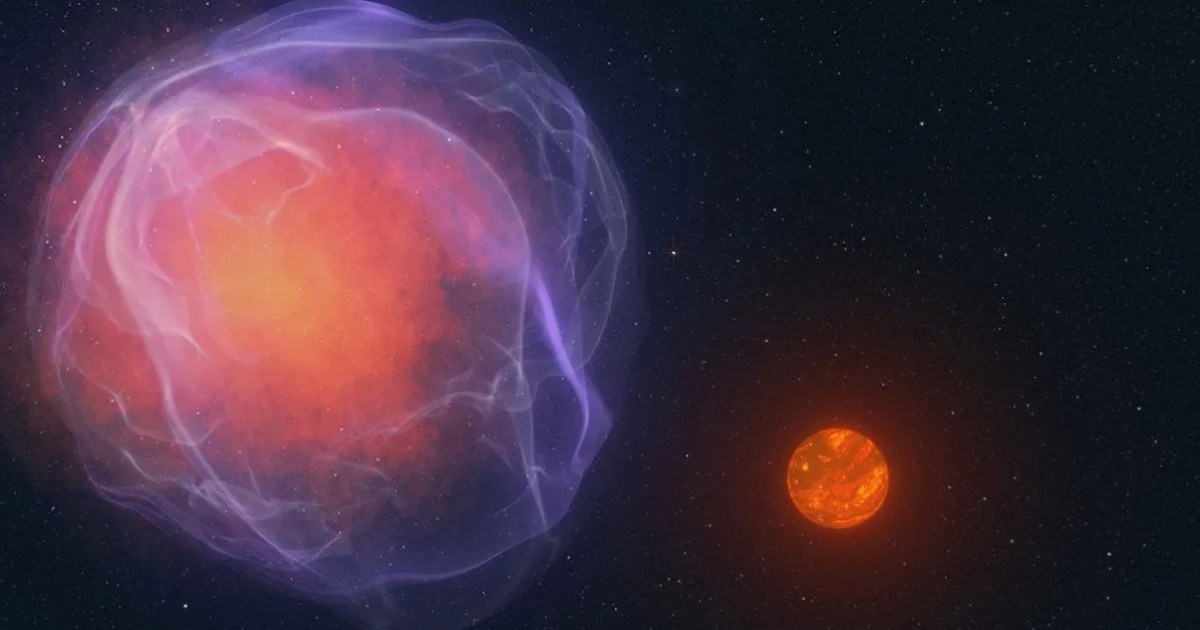
Citizen scientists have helped to identify an incredibly fast-moving object in space, which is traveling at such a speed that it will shoot out of the Milky Way and head out into intergalactic space.
Amateur astronomers working on the Backyard Worlds: Planet 9 project spotted the object, which was also observed by the recently-retired NASA NEOWISE telescope. The trio of citizen scientists — Martin Kabatnik, Thomas P. Bickle, and Dan Caselden — spotted the object named CWISE J124909.08+362116.0 several years ago, and now it has been confirmed they are co-authors on a paper about its discovery.
“I can’t describe the level of excitement,” said Kabatnik in a statement. “When I first saw how fast it was moving, I was convinced it must have been reported already.”
The object is traveling at an astonishing speed of 1 million miles per hour, but it was also of interest to scientists for another reason. It seems to have an unusually low mass, which makes it hard to classify. It could be a small star, or it could be a type of object called a brown dwarf that never achieves fusion within its core.
Scientists have put forward two theories for why it is traveling so fast: Either it was a partner of a white dwarf and was thrown off at high speeds by a supernova explosion, or it was a part of a cluster of stars that collided with a pair of black holes and was kicked away with tremendous force.
“When a star encounters a black hole binary, the complex dynamics of this three-body interaction can toss that star right out of the globular cluster,” explained Kyle Kremer of UC San Diego.
In order to learn which of these two theories is correct, astronomers need to study the composition of the object. They have already found that it has much less iron and other metals than similar stars and brown dwarfs, which suggests that it is very old.
Heavy elements like metals were first created by fusion occurring in the earliest stars, and were spread through the galaxy when those stars exploded in supernovas. So often, the earlier in the universe a star comes from, the less metals it contains.
The research is published in the journal Astrophysical Journal Letters.
Services Marketplace – Listings, Bookings & Reviews
